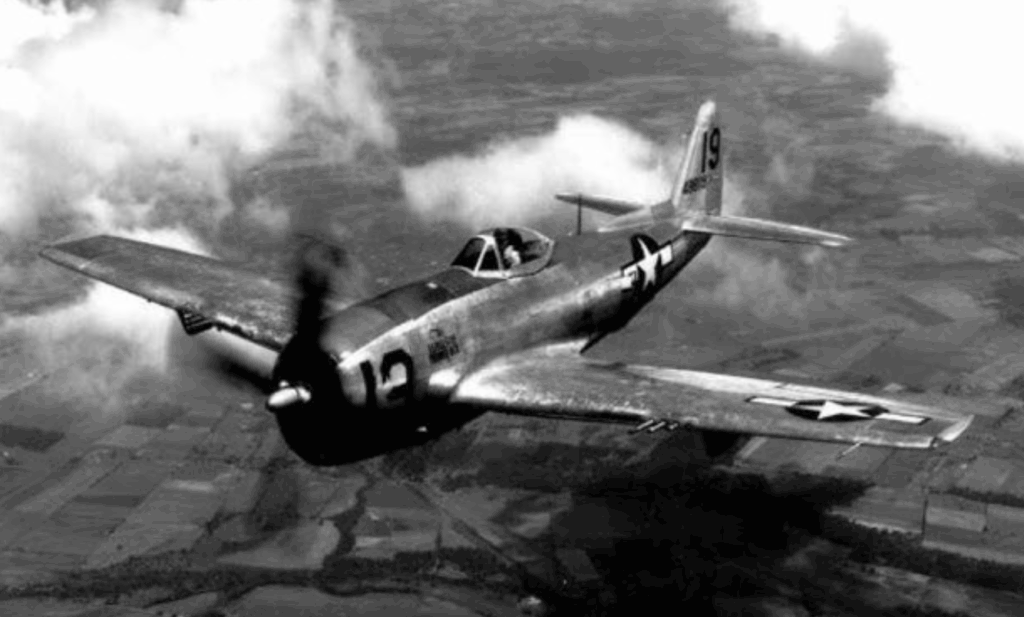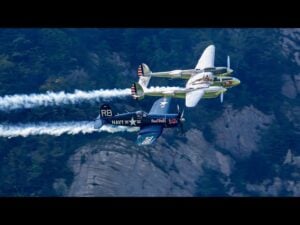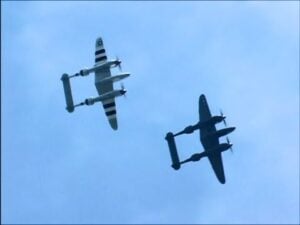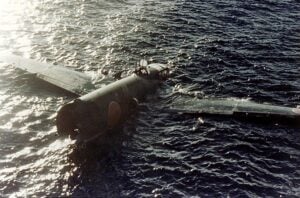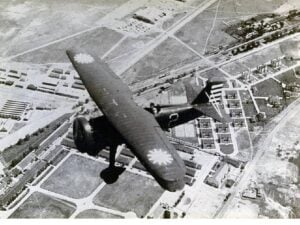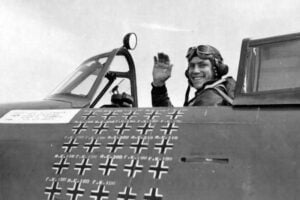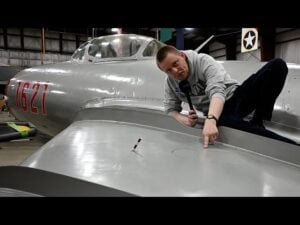How America’s Tree-Top Pilots Used a Secret Tactic to Terrorize the Luftwaffe
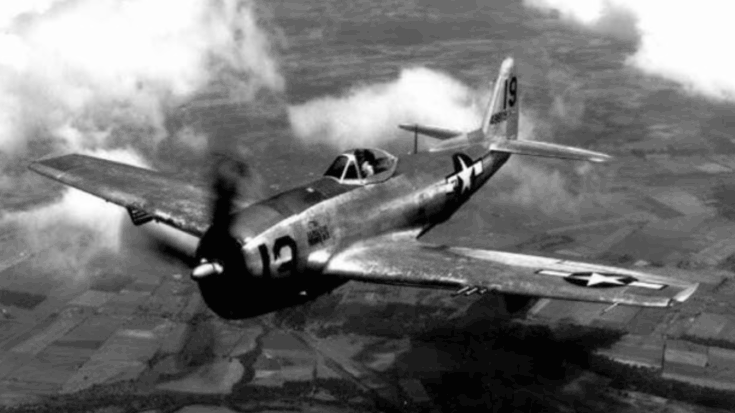
WW2 The Final War / YouTube
The Dangerous Skies
At the height of the Second World War, American pilots faced a grim reality in the air. The higher they flew, the faster they were shot down. At 30,000 feet, they were easily spotted by German radar and quickly targeted by anti-aircraft fire. Fighter patrols waited above the clouds, ready to intercept them before they could reach their bombing targets. Every mission meant losing friends before the real fight even began. For many, the sky no longer felt like freedom—it was a deadly trap.
Commanders noticed that morale was sinking and casualties were mounting. Flying high was supposed to offer safety and visibility, but it was only helping the enemy. So pilots began to think differently. If the Germans ruled the upper air, perhaps the answer lay below it. What if they flew under radar range—so low they could barely clear the treetops? It sounded reckless, but desperation forced innovation. These pilots decided to change the rules of air combat on their own terms, creating what became known as “treetop low” flying.
The Birth of Tree-Top Flying
The first men who tested this idea had no manual or approval from their commanders. They learned through trial and error, flying their planes just above rivers and through valleys, using the terrain itself as protection. The risk was immense. One wrong move meant crashing into the ground or striking a tree at full speed. But when they returned alive—and successful—the results spoke for themselves. German radar had missed them completely.
The reason was simple physics. Radar beams travel in straight lines and cannot detect objects hidden below the curve of the earth or behind natural terrain. By flying between 50 and 150 feet above the ground, American pilots became invisible to detection. When they appeared over a German convoy, it was already too late. The enemy looked up only after the bombs had begun to fall. What began as an experiment quickly became a powerful new weapon. Commanders noticed missions were becoming more accurate and losses were sharply reduced. The saying among pilots changed from “Fly high, die fast” to “Fly low, strike hard.”
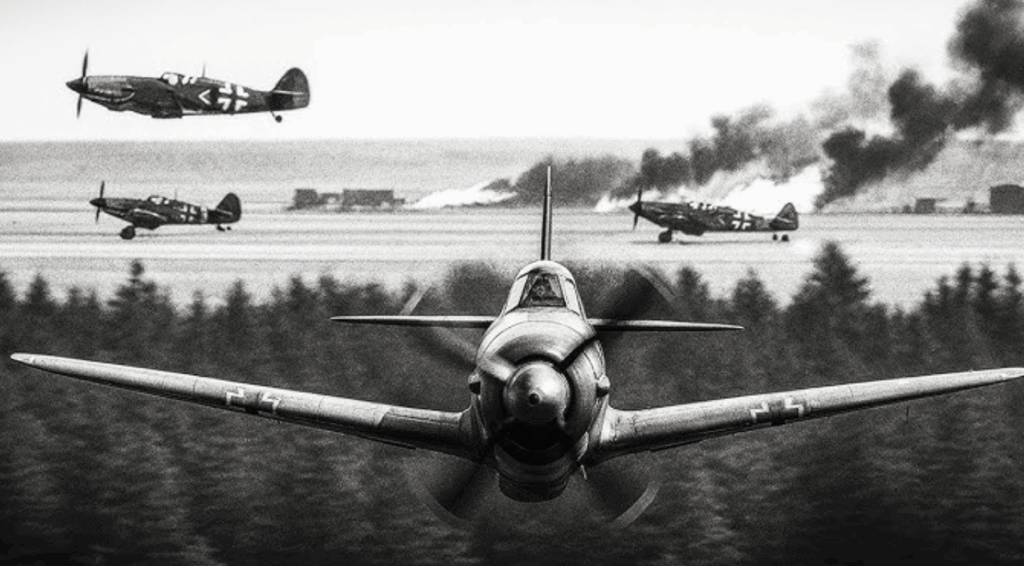
The Science Behind the Tactic
Flying treetop low relied on both skill and science. The pilots used what engineers called “nap of the earth” flying—moving along the natural shape of the terrain to stay hidden from radar. They used hills, forests, and rivers to blend into the background, becoming part of the landscape. It demanded perfect control of the aircraft. A single mistake, even a brief lapse in concentration, could be fatal.
Yet for those who mastered it, the advantages were unmatched. Pilots could sneak under radar, attack with precision, and escape before enemy gunners even reacted. It wasn’t just flying anymore—it was a test of nerve and control. For the Americans, it became both an art and a survival skill.
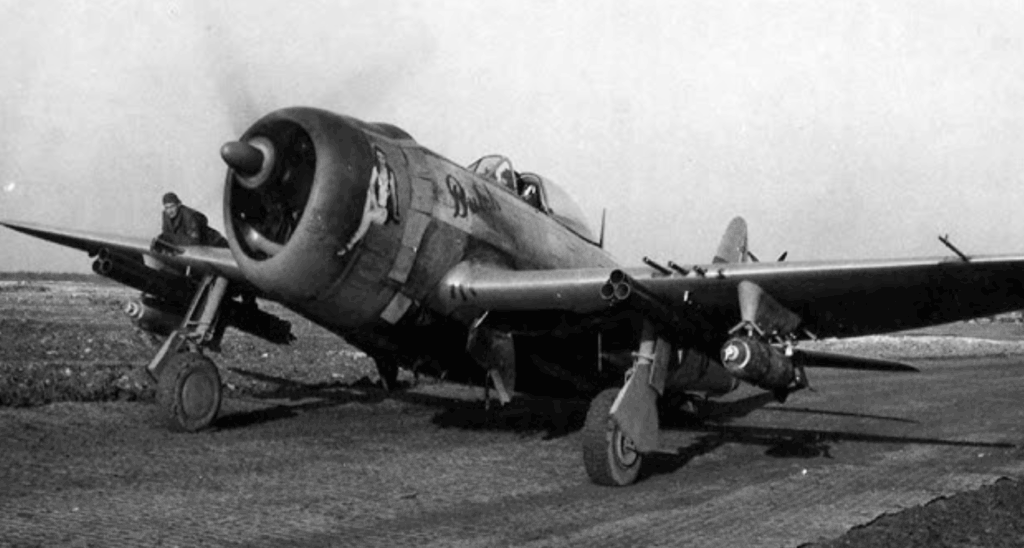
The Mission That Proved It Worked
In France, a squadron of P-47 Thunderbolts was ordered to destroy German supply convoys heading to the front lines. Instead of taking the usual high route, they flew treetop low at full throttle. The roar of their engines blended into the echo of the valley. German radar detected nothing. Soldiers on the ground didn’t even look up until explosions tore through their trucks and tanks. Within minutes, the convoy was in flames.
When the Thunderbolts returned to base, not a single aircraft had been lost. The mission became a turning point. The German air force, once confident and dominant, was now on the defensive. Their pilots were used to chasing bombers from above—but now, the Americans were appearing from below, out of nowhere. Fear spread quickly through the ranks as they realized their systems could not adapt to this unpredictable new tactic.
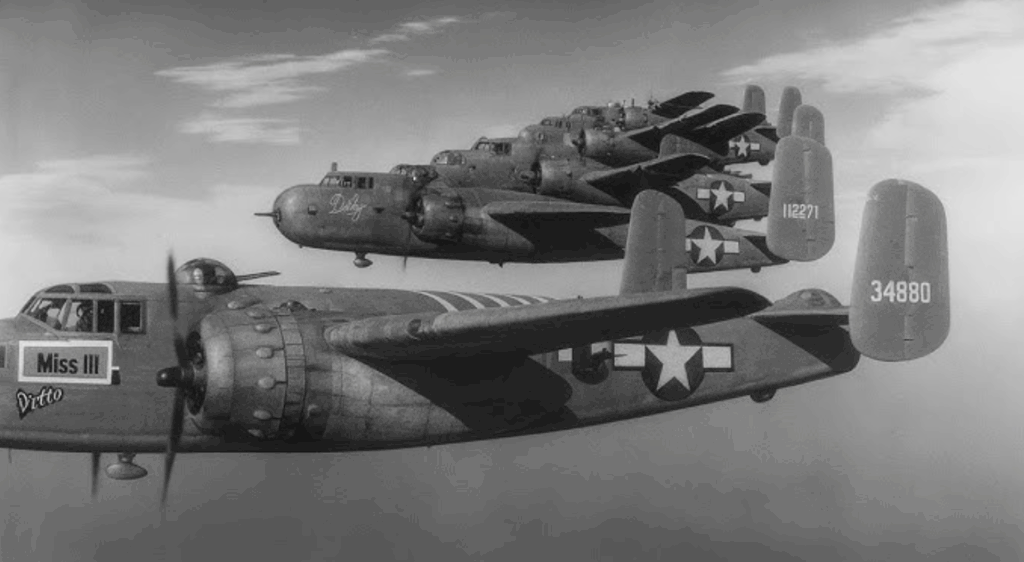
Changing the Air War Forever
The psychological impact was enormous. German airmen no longer felt safe even when radar screens were clear. Every rumble in the distance could mean an unseen attacker skimming just above the trees. It changed how both sides fought and how they thought about air power itself.
After the war, the concept of flying low to stay hidden became part of modern combat strategy. It was used again in Vietnam, Iraq, and beyond—by jets, helicopters, and even drones. The idea of staying unseen while striking with precision was no longer just a trick; it became a standard of warfare. It all began with those young pilots in World War II who dared to fly where no one else would—so low their wings almost brushed the earth, rewriting the way battles were fought in the skies.
